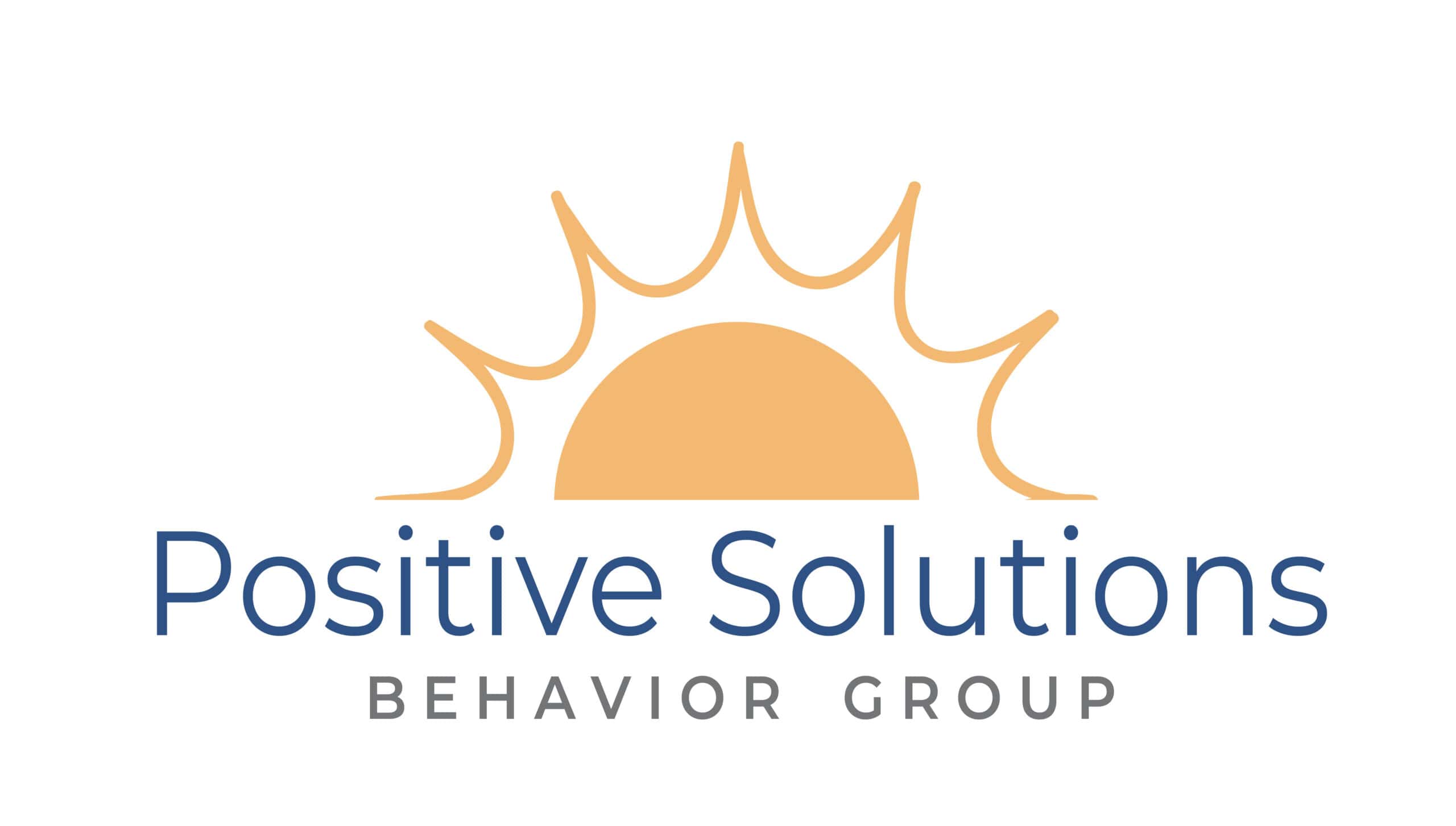In the realm of autism intervention, Applied Behavior Analysis (ABA) stands as a cornerstone approach, offering a structured framework to enhance social flourishing. Autism, a neurodevelopmental disorder, often presents challenges in social interaction and communication. ABA employs systematic techniques to address these hurdles, focusing on reinforcing positive behaviors while diminishing negative ones. Through tailored interventions, individuals with autism can navigate social contexts with greater confidence and efficacy. This blog delves into the profound impact of ABA on autism, exploring its methodologies, successes, and evolving perspectives. By shedding light on its efficacy and nuances, we aim to foster a deeper understanding of how ABA facilitates social flourishing within the autism community.
Understanding Autism Spectrum Disorders (ASD)
Autism Spectrum Disorders (ASD) encompass a range of neurodevelopmental conditions characterized by challenges in social interaction, communication, and repetitive behaviors. ASD manifests differently in each individual, ranging from mild to severe, shaping their experiences and interactions with the world. While the exact causes of ASD remain complex and multifaceted, research suggests a combination of genetic and environmental factors contribute to its onset. Understanding the diverse manifestations of ASD is crucial for developing tailored interventions and support systems that accommodate the unique needs of individuals across the spectrum, ultimately promoting inclusivity and acceptance within society.
The Core Principles of Applied Behavior Analysis (ABA)
The Core Principles of Applied Behavior Analysis (ABA) serve as the foundation for effective interventions aimed at addressing behaviors associated with autism spectrum disorders (ASD). These principles guide ABA practitioners in tailoring interventions to meet the individual needs of each person with autism, promoting meaningful and lasting behavioral changes.
- Reinforcement: Systematically rewarding desired behaviors to increase their occurrence.
- Prompting: Using cues or prompts to evoke specific responses.
- Shaping: Breaking down complex behaviors into manageable steps for gradual improvement.
- Generalization: Transferring learned behaviors across different environments and situations.
- Maintenance: Ensuring the sustainability of desired behaviors over time.
By adhering to these core principles, ABA interventions can effectively enhance social skills, communication abilities, and adaptive behaviors in individuals with autism, ultimately fostering their holistic development and well-being.
Targeting Social Skills: ABA Techniques and Strategies
ABA employs a myriad of techniques and strategies specifically designed to enhance social skills in individuals with autism. These may include social stories, role-playing, peer modeling, and social scripts. Social stories provide narratives that outline appropriate social behaviors in various contexts, helping individuals understand and navigate social situations effectively. Role-playing allows individuals to practice social interactions in a safe and controlled environment, building confidence and competence over time. Peer modeling involves observing and imitating the social behaviors of peers, facilitating learning through observation and emulation. Social scripts offer predetermined verbal or nonverbal responses for common social scenarios, empowering individuals to engage more confidently in social interactions. By incorporating these techniques into ABA interventions, individuals with autism can develop essential social skills essential for meaningful relationships and community integration.
Case Studies: Success Stories of ABA Interventions
Case studies offer compelling insights into the effectiveness of ABA interventions in promoting positive outcomes for individuals with autism. These narratives highlight the journey of individuals who have undergone ABA therapy, showcasing the progress and improvements achieved through targeted interventions. Success stories may include improvements in communication skills, social interactions, adaptive behaviors, and academic achievements. By examining real-life examples of ABA’s impact, stakeholders gain a deeper understanding of its potential to facilitate meaningful changes in the lives of individuals with autism. These case studies not only celebrate individual successes but also serve as valuable resources for informing future intervention strategies and best practices in autism treatment.
Challenges and Controversies: Critiques of ABA in Autism Treatment
Critiques of Applied Behavior Analysis (ABA) in autism treatment have stirred debate, spotlighting concerns within the autism community. Critics argue that ABA’s focus on conformity may disregard the unique strengths of individuals with autism. Additionally, the emphasis on behavioral control risks neglecting internal experiences, potentially causing distress. Criticisms extend to the use of aversive techniques and the lack of cultural competence. Addressing these critiques necessitates ongoing reflection and adaptation to ensure ABA practices uphold ethical and inclusive standards.
- Conformity and Normalization: Critics argue that ABA’s emphasis on conformity may overlook the diverse strengths and perspectives of individuals with autism.
- Behavioral Control vs. Internal Experiences: Concerns exist regarding ABA’s focus on behavioral control, potentially neglecting the internal experiences and emotions of individuals.
- Aversive Techniques: Critiques highlight the use of aversive techniques within ABA therapy, raising ethical concerns about their impact on individuals’ well-being.
- Lack of Cultural Competence: The absence of cultural competence in ABA practice has been identified as a barrier to providing inclusive and effective interventions.
- Need for Ongoing Dialogue: Addressing these critiques requires ongoing dialogue and reflection within the ABA community to ensure ethical, respectful, and inclusive practices.
While ABA remains a prevalent intervention for autism treatment, addressing the challenges and controversies raised by its critiques is essential for promoting ethical and inclusive practices. By engaging in ongoing dialogue and reflection, practitioners can work towards ensuring that ABA interventions uphold the dignity, autonomy, and well-being of individuals with autism.
Beyond Behavior: A Holistic Approach to Social Flourishing
While Applied Behavior Analysis (ABA) traditionally focuses on observable behaviors, there is a growing recognition of the importance of adopting a holistic approach to promoting social flourishing in individuals with autism. This broader perspective acknowledges the interconnectedness of various domains, including emotional regulation, sensory processing, communication, and self-identity. By addressing underlying cognitive, emotional, and sensory challenges, interventions can better support individuals in navigating social interactions and fostering meaningful connections. Integrating strategies from complementary approaches such as sensory integration therapy, mindfulness practices, and person-centered planning can enhance the effectiveness and inclusivity of ABA interventions, promoting holistic well-being and self-actualization for individuals with autism.
Future Directions: Innovations and Trends in ABA for Autism Intervention
Innovations and Trends in Applied Behavior Analysis (ABA) for Autism Intervention are shaping the future of support for individuals on the autism spectrum. As research and practice evolve, new approaches and technologies offer promising avenues for enhancing efficacy and accessibility in ABA interventions.
- Technology Integration: Integration of virtual reality and telehealth platforms expands the reach of ABA services, providing personalized support remotely.
- Cultural Competence: Emphasis on cultural competence acknowledges diverse perspectives and incorporates culturally responsive strategies into interventions.
- Interdisciplinary Collaboration: Collaborations with fields such as neuroscience, genetics, and education advance understanding and refine ABA approaches.
- Personalized Interventions: Tailoring interventions to individual needs optimizes effectiveness, fostering meaningful improvements in social functioning.
- Evidence-Based Practices: Embracing evidence-based practices ensures interventions are grounded in empirical research, enhancing outcomes and promoting best practices.
Embracing these future directions in ABA promises to revolutionize autism intervention, promoting greater inclusivity, efficacy, and support for individuals with autism spectrum disorders.
Conclusion
ABA offers tailored interventions for individuals with ASD, promoting inclusivity and acceptance. By adhering to its core principles and employing targeted techniques, such as enhancing social skills, ABA fosters meaningful improvements. Despite challenges and controversies, ongoing dialogue is essential for ensuring well-being and autonomy. Looking ahead, embracing innovations in ABA promises to enhance efficacy and accessibility, fostering social flourishing. For support in Mason, Ohio, contact Positive Solutions Behavior Group LLC to empower individuals with autism to thrive.






